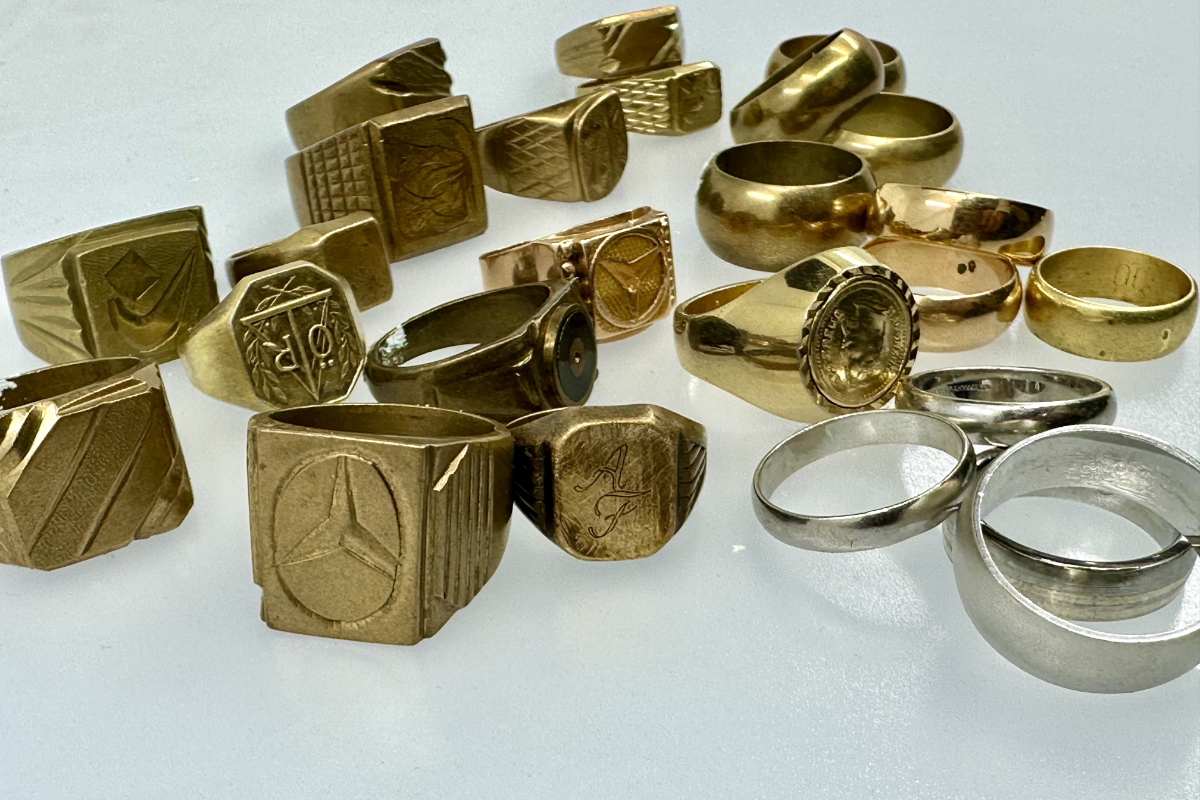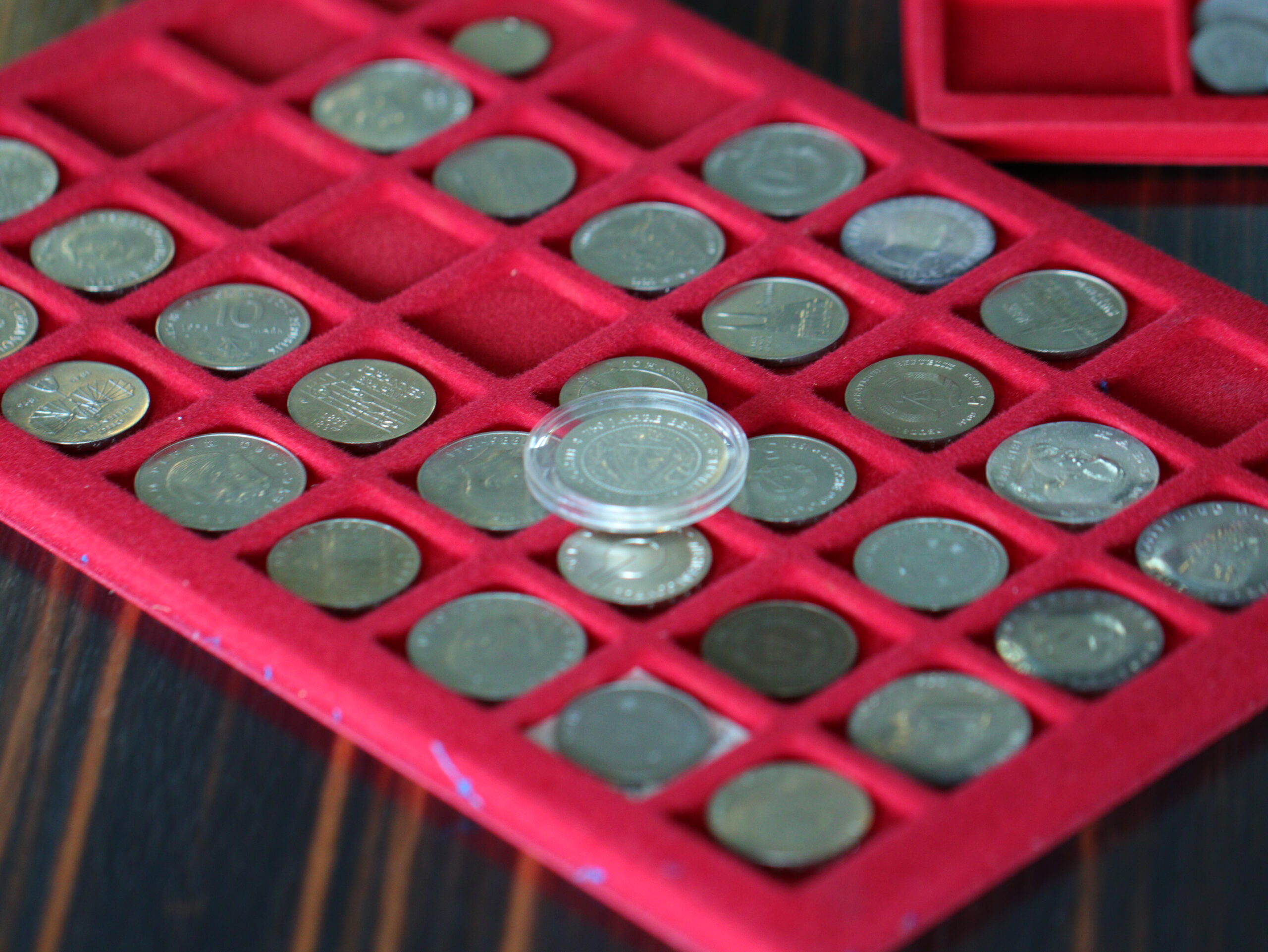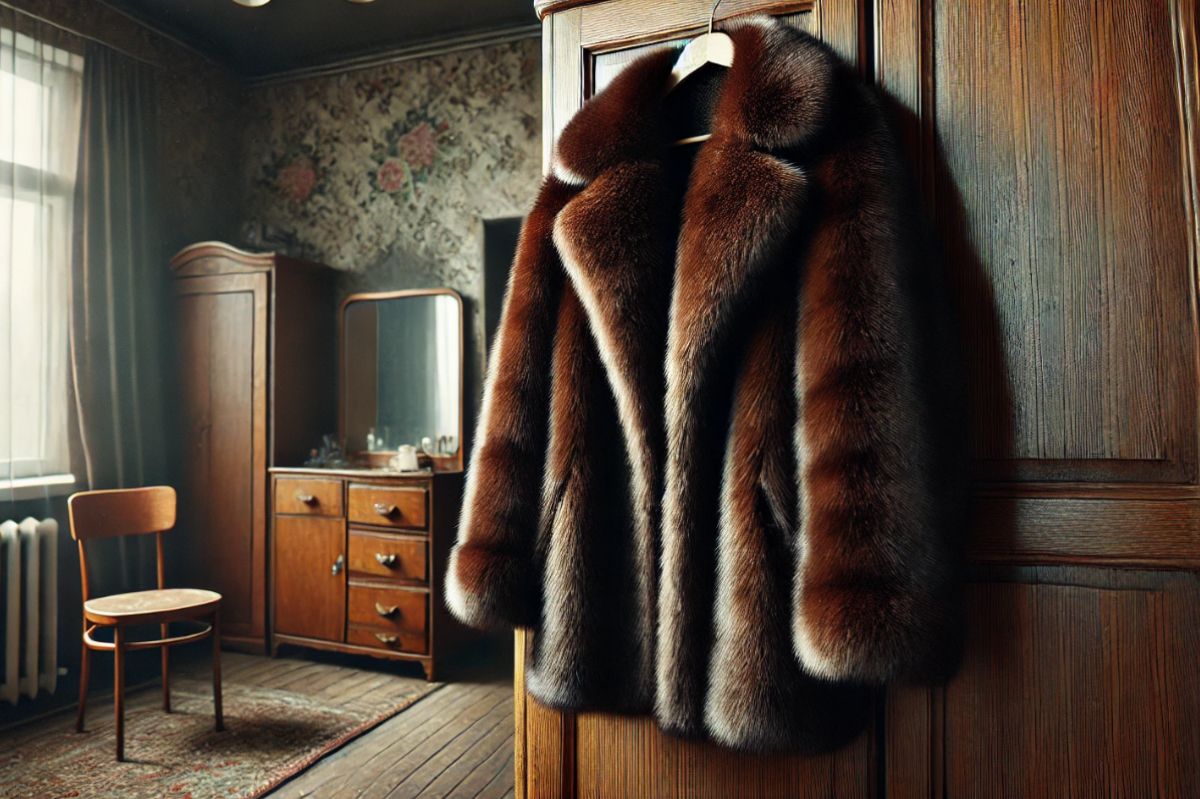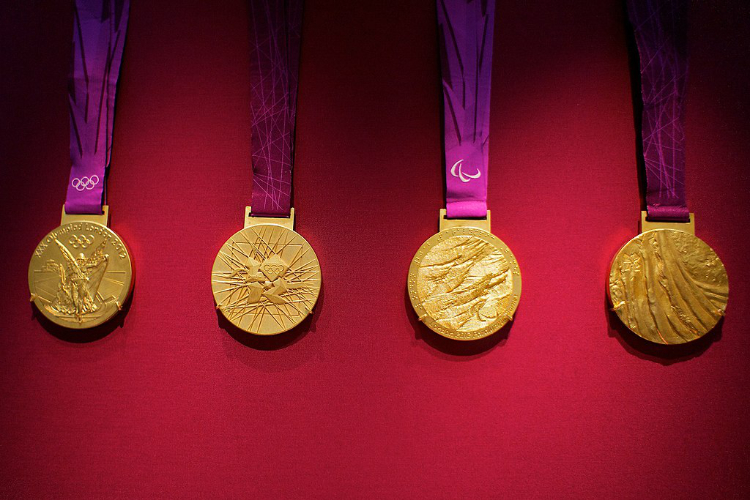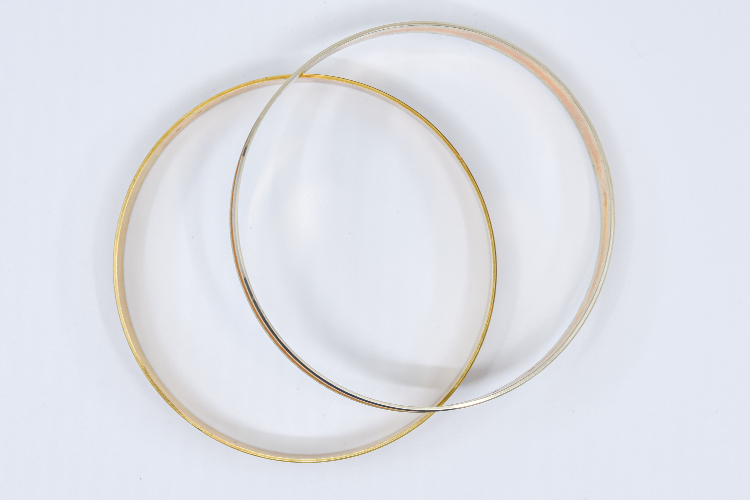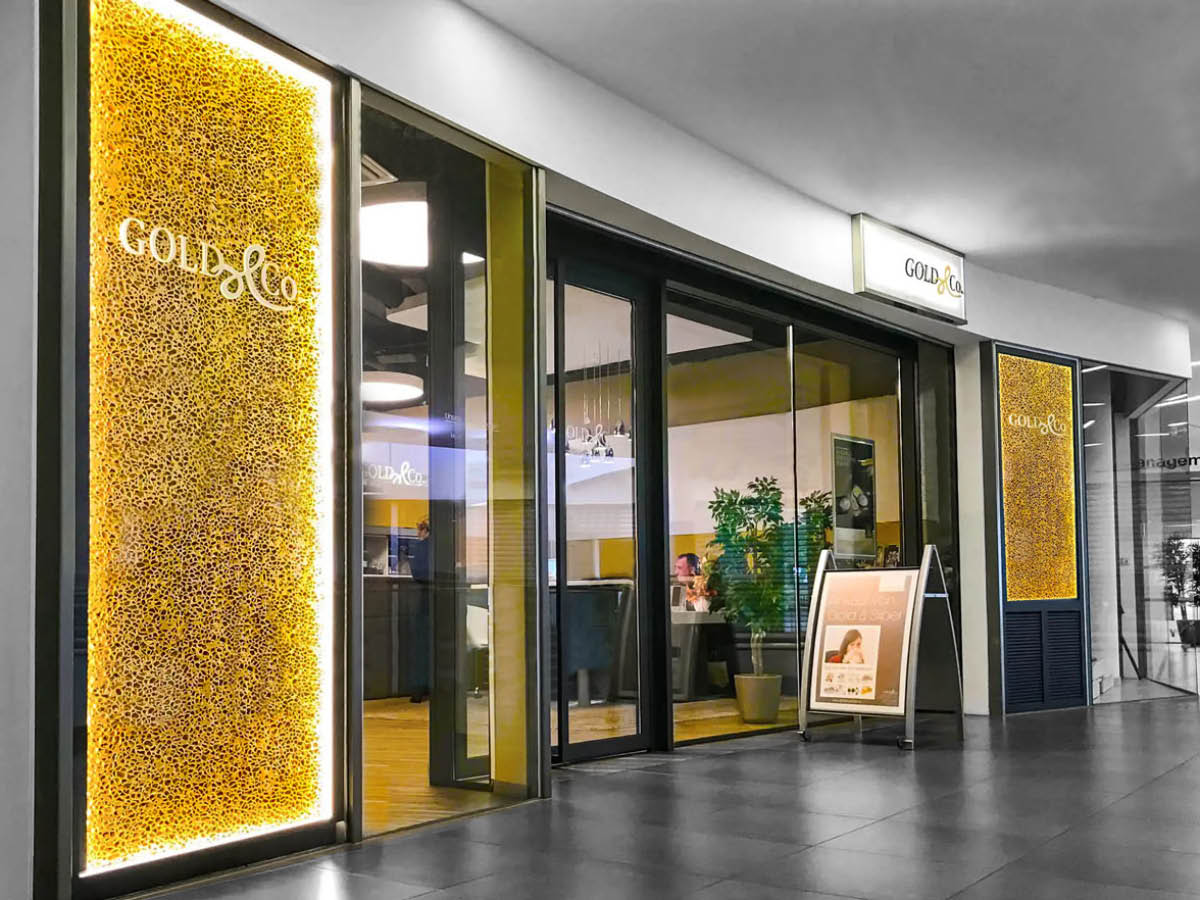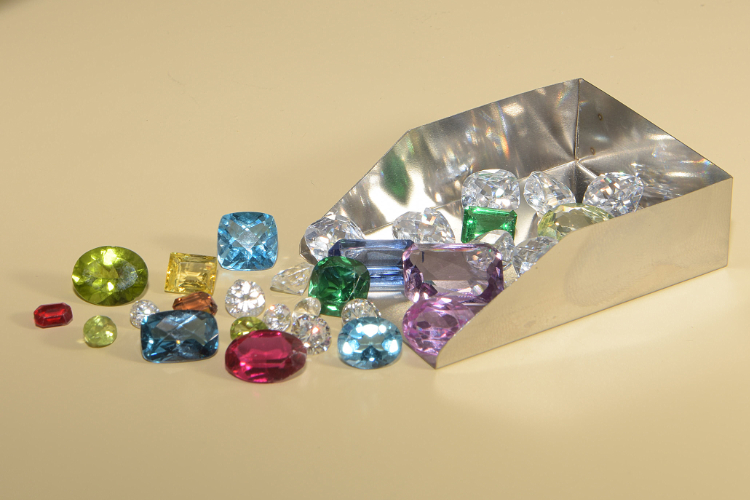
A golden ring with a precious bright red ruby. Even as a child, Grandma always told us how valuable the ring and the stone were, which she had inherited from her grandmother.
Real gemstones and what looks like them
Time jump - now you are sitting with your precious jewel with someone who knows about it and learn, albeit carefully introduced, that the red stone on your ring is probably actually a ruby.
But not one that originated from the earth. Rather, the stone comes from one of the experimental kitchens of the ingenious inventor Auguste Verneuil, who developed a process for the artificial production of rubies and the materially related sapphires at the end of the 19th century.
After production using the Verneuil process became suitable for mass production around 1910, stones in red and blue (ruby and sapphire) were produced on a large scale and set in rings, necklaces, brooches and other pieces of jewelry. This made it possible to satisfy the masses' craving for precious stones - and at moderate prices.
And so the myth of the priceless family heirloom surrounding grandmother's ring fades into something whose price lies somewhere between the material value of the gold and its own sentimental value.
Fake gemstones: Imitations & semi-precious stones
Since jewelry has always been an expression of the wearer's social status, it was of course often cheated. Real gemstones were replaced with cheaper minerals or artificial imitations to enable less affluent customers to afford "high-carat" jewelry.
Diamonds were replaced by other white stones such as rock crystals, lead crystal glass or rhinestones. Since the mid-1950s, it has also been possible to produce diamonds synthetically, whereby the artificial diamonds of more recent generations are barely distinguishable from real stones, even for experts.
The same thing happened with common colored stones. Synthetic stones were often used for the blue sapphire, just as for the ruby, which can be produced using the same flame-melting process invented by the aforementioned Mr. Verneuil. However, glass imitations were also often used instead of genuine sapphires and rubies.
Emeralds were imitated with colored glass, peridot and verdelite - the green tourmaline. The light blue aquamarine was replaced with spinel of the same color after the Second World War, but was also often simply imitated with glass.
In addition, quartz stones - both genuine and synthetically produced - were often used in costume jewelry in the 19th and 20th centuries: violet amethysts, brown smoky quartz, yellowish citrine and also pale pink rose quartz and crystal-clear rock crystals adorned the ladies of past decades and centuries.
Selling gemstones: What prices can be expected?
However, people who want to sell jewelry with gemstones in Austria are often disappointed - even if they are genuine stones.
Price evaluation for set stones
If the gemstones for sale are set in pieces of jewelry, aspects that are relevant for resale are particularly important when assessing the price of the stones:
- Quality and degree of preservation of the stone
- Value of the stone in its present condition
- Resellability of the surrounding jewelry
- For old pieces: original condition or modified?
Prices for the purchase of loose gemstones
If you want to sell loose gemstones, the value is determined not only by the size and quality of the piece, but above all by the demand for the particular stone in the particular cut. Every stone color and every cut has its time and is subject to fashion. Unfortunately, for this very reason, many stones, even if they are beautiful, are practically unsaleable.
To reuse an old stone, a goldsmith has to design and produce a piece of jewelry especially for the stone. This is because it is very unlikely that, conversely, the stone in question corresponds exactly to the properties that a goldsmith is looking for in a piece of jewelry.
If the stone or the surrounding piece of jewelry already has signs of wear, minor damage or a cut that is no longer in demand due to its age, the purchase prices are set very low by the trade. Gemstone dealers and jewelers often refuse to buy a stone or piece of jewelry at all.
The main reasons for the rejection by dealers or for low prices when buying as jewelry - prices barely above the material value of the precious metal - are all of an economic nature: The extremely high level of labor costs and Austria's decentralized location in relation to the major diamond trading centers quickly makes buying gemstones uneconomical due to the effort involved.
This primarily concerns meleè goods, i.e. pieces with very small stones, as well as pieces with less valuable gemstones. For jewelers, it is cheaper to purchase new, graduated meleè goods from wholesalers than to buy old stones and recondition them.
As colored stones are often not cut to calibration, the probability that a particular stone will fit exactly into an existing setting as a repair stone is not very high.
Which gemstones can be sold
Unlike gold and silver, there is no international reference price for gemstones. Such a price would hardly be possible, as each piece is unique. The value of individual stones is therefore measured not only by their weight, purity, color and cut, but also by a certain subjectivity on all sides.
The rule of thumb for selling gemstones is: the larger and more beautiful the gemstone, the easier it is to find a buyer. This is because gemstones of a certain size and quality are increasingly being considered as investments. However, it is also important that the stones are untreated. This does not mean that they should be uncut - on the contrary. But it does mean that they have not undergone any attempts at artificial "enhancement", e.g. by heating. The "big 3 colored stones" are particularly in demand: ruby, sapphire and emerald.
Gemstone purchase & advice in Vienna
Gold & Co founder Walter Hell-Höflinger is a sworn and court-certified expert for precious metals and jewelry, a European gemmologist and a specialist member of the Austrian Gemmological Society.

